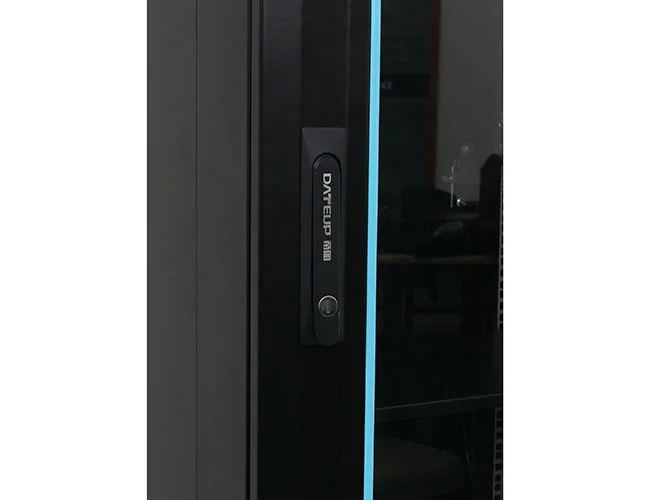News
Site Editor
 Site
https://leonetworkgroup.usa18.wondercdn.com/uploads/image/5fe152faa587d.png
Welding patch panels is a common task for car restoration enthusiasts who like to do their own repairs. Patch panels are often necessary for repairing damaged or rusted areas on car body panels. MIG (Metal Inert Gas) welding is a popular welding method for patching panels. Here are the steps to follow when welding patch panels using MIG:Step 1: Prepare the SurfaceBefore you start welding, it is im
Site
https://leonetworkgroup.usa18.wondercdn.com/uploads/image/5fe152faa587d.png
Welding patch panels is a common task for car restoration enthusiasts who like to do their own repairs. Patch panels are often necessary for repairing damaged or rusted areas on car body panels. MIG (Metal Inert Gas) welding is a popular welding method for patching panels. Here are the steps to follow when welding patch panels using MIG:Step 1: Prepare the SurfaceBefore you start welding, it is im
How To Weld Patch Panels Mig
Views: 448
Author: Site Editor
Publish Time: 2023-07-13
Origin: Site
Welding patch panels is a common task for car restoration enthusiasts who like to do their own repairs. Patch panels are often necessary for repairing damaged or rusted areas on car body panels. MIG (Metal Inert Gas) welding is a popular welding method for patching panels. Here are the steps to follow when welding patch panels using MIG:
Step 1: Prepare the Surface
Before you start welding, it is important to clean the surface of the panel to be welded to remove any rust, paint, or dirt. The surface should be cleaned with a wire brush or sandpaper to ensure a clean, rust-free surface. Use a clean cloth to wipe away any dust or debris.
Step 2: Cut the Patch Panel to Fit
After cleaning the surface, the next step is to measure and cut the patch panel to fit the damaged area. You can use a template or a cardboard to get the right shape of the panel. It is important to use a sharp pair of tin snips or a plasma cutter to get a precise cut.
Step 3: Fit the Patch Panel
Once the panel is cut to the right size, you need to fit it into the damaged area. The patch should fit snugly over the damaged area. It is important to check the fit by dry-fitting the patch panel before welding.
Step 4: Grind the Surface
After you have checked the fit of the patch panel, the next step is to grind the surface around the damaged area to create a smooth surface. You can use an angle grinder with a flap disc attachment to do this. This will help ensure a good weld and a smooth finish.
Step 5: Set Up the Welder
Now that the surface is ready, it's time to set up the welder. First, select the appropriate wire for welding. You should use a wire with the appropriate diameter and tensile strength for the metal being welded. This can be found in the user manual of your MIG welder.
Next, set up the welder according to the metal thickness and the wire you are using. The welding voltage, amperage, and wire feed speed should be adjusted according to the thickness and type of metal you will be welding.
Step 6: Weld the Patch Panel
Now it's time to start welding. Begin by tacking the patch panel into place with small welds around the edges. Tacking is important as it will ensure the patch panel stays in place while you complete the welding process.
Once you have tacked the patch panel into place, start welding along the edges of the patch. Use a dip and drag technique for MIG welding. This means you touch the wire to the metal surface then pull back slightly, and repeat. You should be continuously moving the torch forward to create a smooth, continuous weld.
Step 7: Finish the Weld
Once you have completed the weld, use a grinder with a flap disc attachment to clean up any rough edges. This will help give the welded patch panel a smooth and finished look.
Conclusion
Welding patch panels can be a challenging task, but with the right tools and techniques, it can be done with precision and ease. MIG welding is a popular method for welding patch panels and with these steps, you will be able to successfully weld patch panels like a pro.
If you want to know more about industrial network cabinet,china fiber optic splice closure,china fiber optic distribution box,please consult the fiber optic splice closure factory









